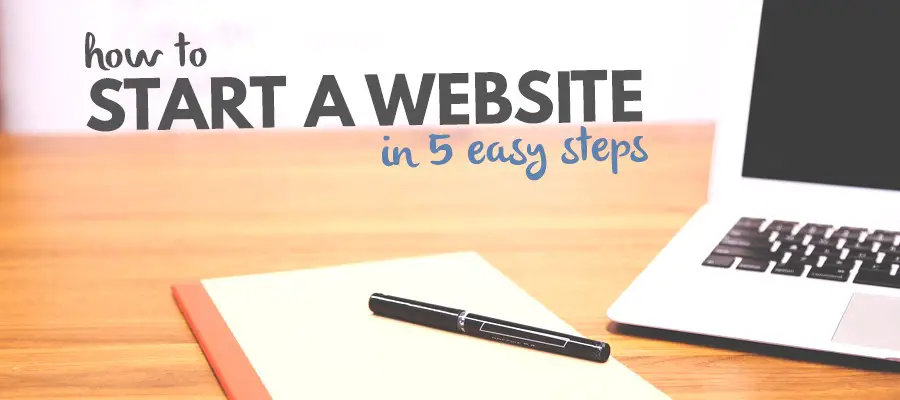Create a website: Before you start building a website, it’s essential to know why you want one and what you want to achieve. Are you creating a personal blog, an e-commerce site, a portfolio, or something else? Define your website’s purpose and goals.
Choose a Domain Name:
Your domain name is your website’s address on the internet (e.g., www.yourwebsite.com). Pick a domain name that is easy to remember, relevant to your content, and unique. You can register a domain through domain registrars like GoDaddy or Namecheap.
Select a Hosting Provider:
You need a web hosting service to store your website’s files and make it accessible online. Popular hosting providers include Bluehost, SiteGround, and HostGator. Choose a plan that suits your needs and budget.
Design Your Website:
There are several approaches to designing a website:
Website Builders:
If you’re not tech-savvy, website builders like Wix, Weebly, or Squarespace offer user-friendly, drag-and-drop tools to create websites.
Content Management Systems (CMS):
Platforms like WordPress, Joomla, and Drupal provide more flexibility and customization options. You’ll need to install the CMS on your hosting server and choose a theme.
Custom Coding:
For complete control, you can code your website from scratch using HTML, CSS, and possibly JavaScript. This approach requires coding skills.
Create Content:
Populate your website with content relevant to your goals. This may include text, images, videos, and other media. Organize your content logically, and make it engaging and informative.
Optimize for SEO:
Search Engine Optimization (SEO) is crucial for your website to appear in search engine results. Optimize your content with relevant keywords, and meta tags, and ensure fast loading times.
Test and Debug:
Before launching your website, thoroughly test it in different browsers and devices to ensure it functions correctly. Look for and fix any bugs or issues.
Domain and Hosting Configuration:
Connect your domain to your hosting account by updating the DNS settings. Your hosting provider will provide instructions on how to do this.
Security Measures:
Implement security measures to protect your website from threats. This includes using strong passwords, installing security plugins (if using WordPress), and keeping your software and plugins up to date.
Launch Your Website:
Once you’re satisfied with your website and have tested it thoroughly, it’s time to launch. Make your website live and accessible to the public.
Promote Your Website:
After launch, promote your website through various channels, such as social media, email marketing, and content marketing, to attract visitors and achieve your goals.
Regular Maintenance:
Websites require ongoing maintenance to ensure they stay up-to-date, secure, and perform well. Regularly update content, check for broken links, and monitor website performance.
Creating a website can be a complex process, and the specific steps may vary depending on your goals and technical expertise. Consider your own skills and needs when choosing the best approach for building your website.
